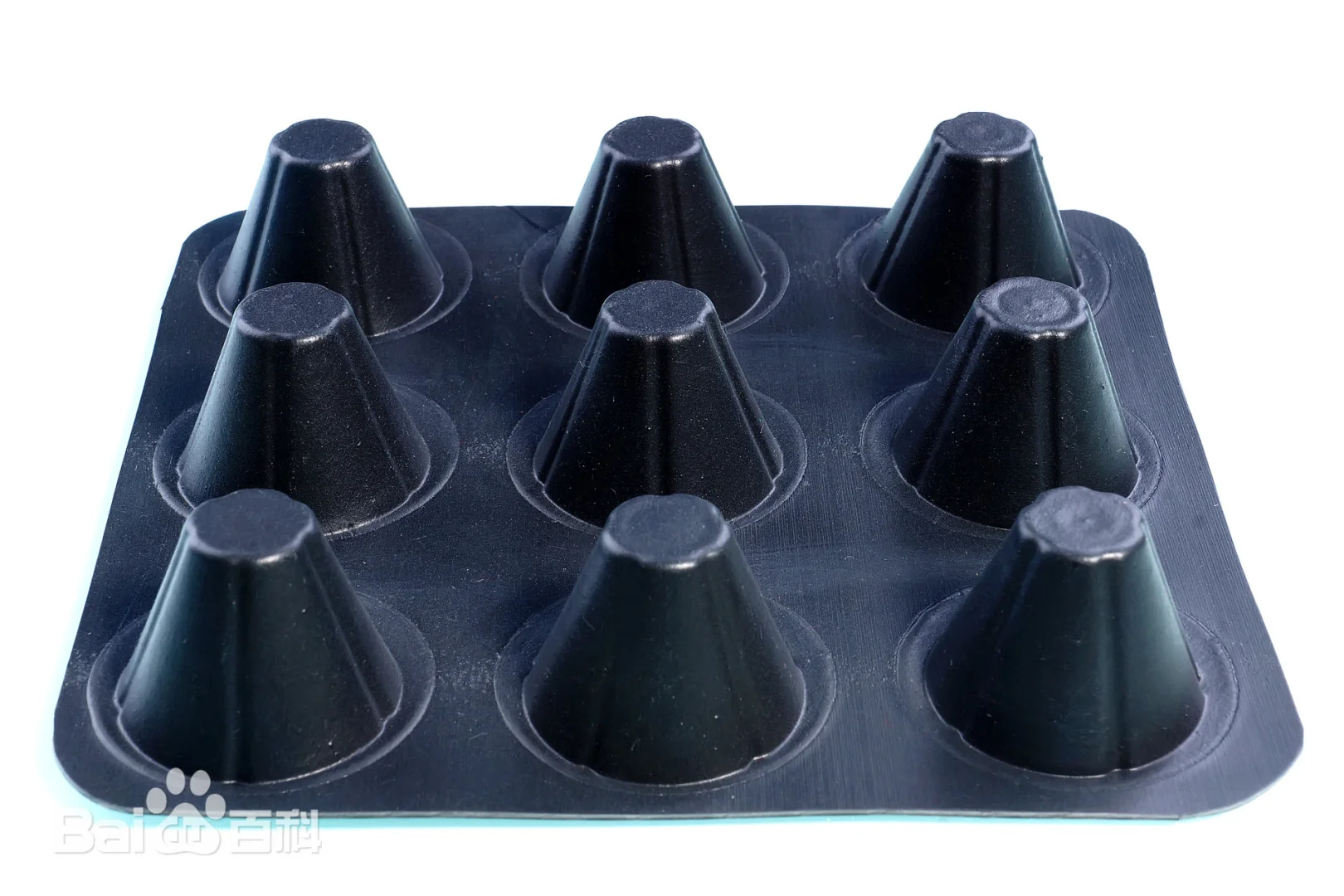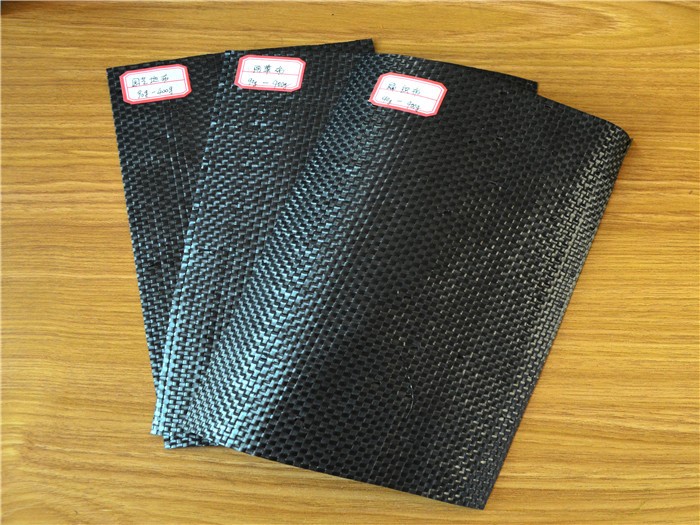





HDPE Geomembrane 商品描述





The performance characteristics of HDPE geomembrane are as follows:
1. HDPE geomembrane is a flexible waterproof material with a high anti-seepage coefficient (1 × 10-17cm/s);
2. HDPE geomembrane has good heat and cold resistance, and its operating environment temperature is high temperature of 110 ℃ and low temperature of -70 ℃;
3. HDPE geomembrane has excellent chemical stability and can resist corrosion from strong acids, alkalis, and oils, making it a good anti-corrosion material;
4. HDPE geomembrane has high tensile strength, which enables it to meet the needs of high standard engineering projects; As shown in Figure 1
5. HDPE geomembrane has strong weather resistance, strong anti-aging performance, and can be exposed for a long time to maintain the original performance;
6. The overall performance of HDPE geomembrane, which has strong tensile strength and elongation at break, enables it to be used in various harsh geological and
climatic conditions. Adapt to uneven geological settlement with strong strain force;
7. HDPE geomembrane is made of high-quality virgin plastic and carbon black particles without any preservatives. HDPE has been used in China to replace PVC as
a raw material for food packaging bags and cling films.
Main applications
1. HDPE geomembrane is suitable for environmental protection and sanitation, such as landfill sites, sewage treatment plants, power plant regulating tanks, industrial
and hospital solid waste, etc;
2. HDPE anti-seepage membrane is applicable to water conservancy projects: such as anti-seepage, leakage blocking, reinforcement of Rivers and Lakes, reservoir dams,
anti-seepage of canals, vertical core walls, slope protection, etc;
3. HDPE anti-seepage membrane is used in municipal engineering, such as subway, underground building engineering, planting roofs, roof gardens, and sewage pipe
anti-seepage;
4. Polyethylene anti-seepage film is suitable for gardens such as artificial lakes, rivers, reservoirs, golf course pond bottoms, slope protection, and green lawns for water-
proofing and moisture prevention;
5. High density polyethylene geomembrane is suitable for petrochemical industries such as chemical plants, refineries, oil storage tanks for anti-seepage, chemical
reaction tanks, sedimentation tanks for lining, secondary lining, etc;
6. Polyethylene geomembrane is suitable for mining industries, including washing tanks, heap leaching tanks, ash yards, dissolution tanks, sedimentation tanks, storage
yards, and bottom lining anti-seepage of tailings;
7. Low density polyethylene film is suitable for transportation facilities: foundation reinforcement of highways, anti-seepage of culverts;
8. HDPE anti-seepage film is suitable for agriculture: anti-seepage of reservoirs, drinking water tanks, water storage ponds, and irrigation systems;
9. HDPE film is suitable for aquaculture industry: intensive and factory scale aquaculture ponds, fish ponds, shrimp pond linings, sea cucumber circle slope protection, etc;
Construction method
1. It should extend from the bottom to the high position, without pulling too tightly, leaving a margin of 1.50% for local sinking and stretching. Considering the actual
situation of this project, the slope will be laid in a top-down sequence;
2. The longitudinal joints of adjacent frames should not be on the same horizontal line and should be staggered by more than 1m from each other;
3. The longitudinal joint should be at least 1.50m away from the dam foot and bend foot, and should be set on a flat surface;
4. First, the bottom of the slope;
5. When laying the slope, the direction of the film should be basically parallel to the maximum slope line.
上一篇: Previous:No time
下一篇:Next:EVA geomembrane
- 11-26The difference between long filament geotextile and short filament geotextile
- 11-26Advantages of anti-seepage membrane in fish pond application
- 11-26The function and construction method of geomembrane
- 11-26Production process of composite geomembrane
- 11-26Installation of garage roof drainage board
- 11-26Application of composite geomembrane in reservoirs
- 1What is waterproof geotextile
- 2Will geomembranes pollute the environment?
- 3Classification of Geotextiles
- 4The function and construction method of geomembrane
- 5Characteristics and functions of geotextile
- 6Installation of garage roof drainage board
- 7Application of Grass proof Cloth
- 8The difference between geomembrane and composite geomembrane
- 9Key points of geomembrane welding
- 10The use of composite geomembrane
 简体中文
简体中文 English
English







